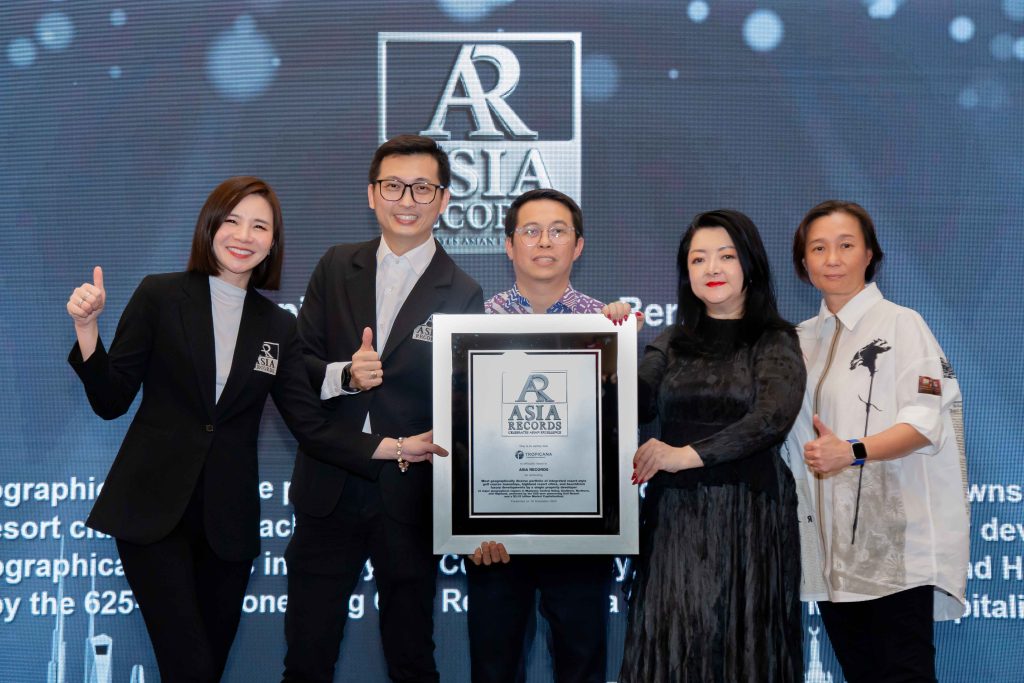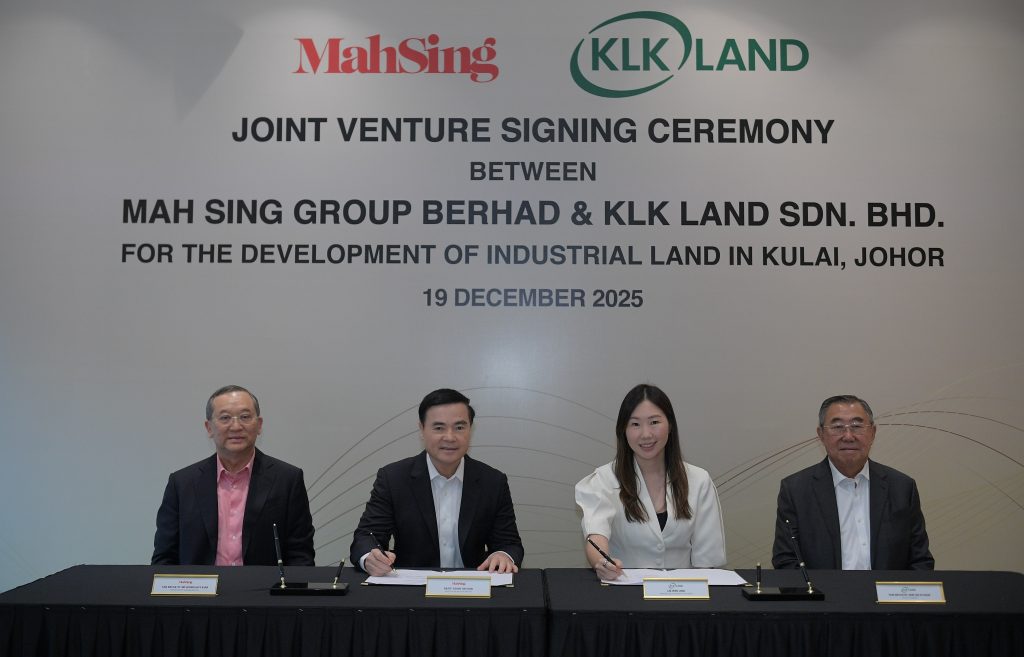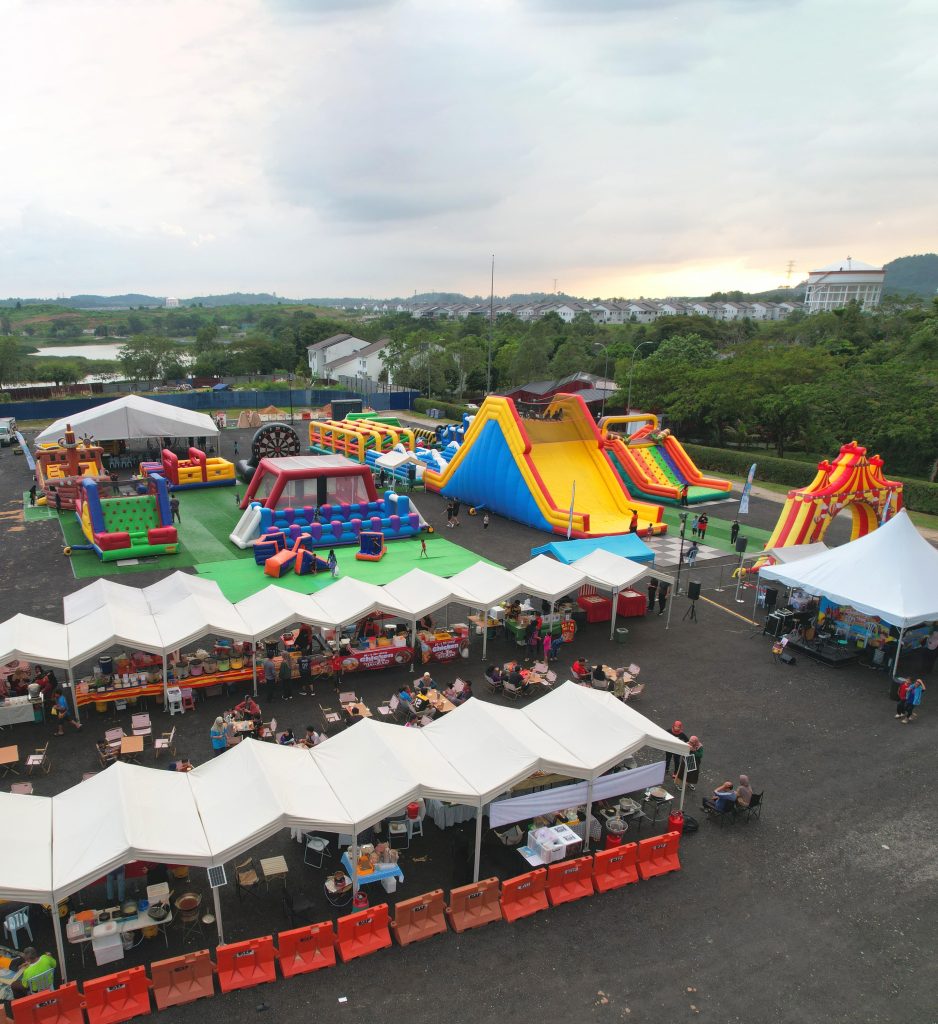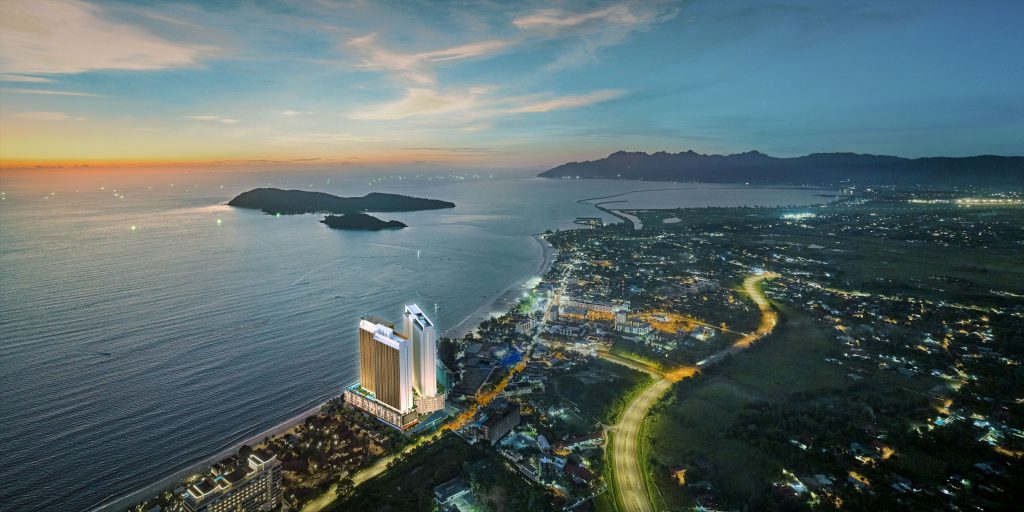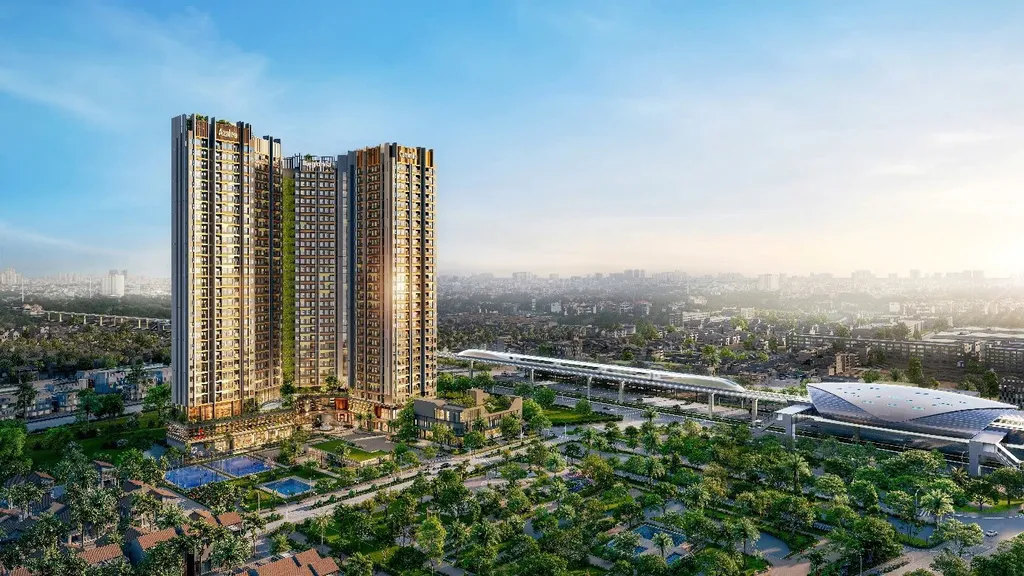Some things will never be the same again for the property market
By JOSEPH WONG
josephwong@thestar.com.my

On the surface, things appear to be shifting to normal with phase 3 of Malaysia’s national recovery plan. It feels eerily normal as families return to shopping in malls and eating in restaurants, and friends socialise in bistros,
pubs and bars.
Even as the number of positive cases begins to dwindle, life has a way of snapping back into pre-pandemic normalcy, especially in nations with high vaccine rates. But to what extent? Many people are of the opinion that life
will return to what it was originally once the virus has been overcome and there is an effective cure for it.
This was the experience in past pandemics like the Black Plague in the mid-1300s and the influenza outbreak in 1918. Life eventually shifted back to normalcy.
But there is one crucial difference between those pandemics experienced in the past versus the current one. Connectivity made the current pandemic more ubiquitous. Never before has there been a pandemic of this unprecedented global scale.
Such a catastrophe of this size would have a lasting impact on people’s lives, filtering into everything they do. Activities ground to a halt in a matter of days affecting every sector of the economy. And the property sector was not spared. Nearly two years after the initial wave, the property sector is still reeling, although it is beginning to restabilise. For this industry, many may never go back to the way of life as before.
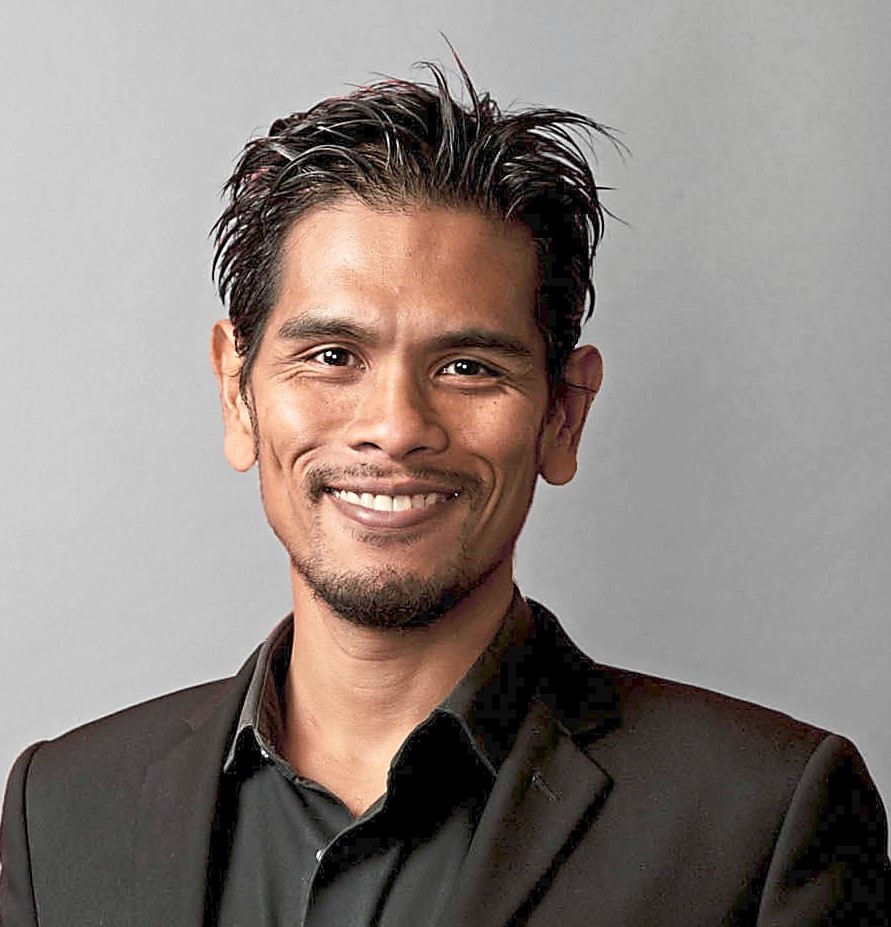
With ever more rapid globalisation, the risk of a pandemic is omnipresent, Syah.
“First of all, as we all know, Covid-19 is and will not be the only pandemic ever in our lifetime. With ever more rapid globalisation, the risk of a pandemic is omnipresent as we continue to transcend borders ever more seamlessly,” said leading multi-disciplinary design firm Veritas director and principal Syah Kamaruddin.
Even as the economy is slowly opening up, people will still continue to spend more time at home, he said, pointing out that the quality of houses will arguably accentuate the need for sustainable living even more. Energy-efficient home fixtures, passive design requirements, advocacy of outdoor areas as respite areas from the four walls of our homes, and perhaps the end of an open-plan era, as family members resort to their individual cocoons for online classes and Zoom meetings, he said.
While technology escalates seamless digital interconnectivity, taking over simple human physical interactions, it is also almost making sci-fi movies a closer reality, he said.
Syah pointed out that it is noticeable that technology is being incorporated into numerous property developments.
“This idea is not ground-breaking. Almost all areas in our daily lives such as our homes, workplaces, education and civic institutions and public spaces need to be revolutionised post-pandemic as we emphasise on the need for physical social distancing,” he stated.
But there will be hiccups along the way. Take the Malaysia My Second Home (MM2H) initiative, for instance. For many, the idea of getting on a packed plane to fly overseas now seems horrifying. Even if every passenger is fully vaccinated, it might be near impossible to revert back to normal, as though nothing ever happened.
While the revived MM2H has other issues to contend with (see pages 2 & 3), its impact on getting international investors and buyers for the property market may be impeded. The truth is that many are still feeling afraid in a newly reopened world and are hesitant to embrace the normal lifestyle we all craved while we were shut up in our own homes over the long duration of physical distancing.
Experts say that for confronting anxiety in general, some people opt for a more gradual approach and that the post-pandemic age will be no different. How fast the world reverts to the old normal depends on what is going to happen in the next few months. Any new outbreak will only serve to reinforce the need to remain apart.
Technological adoption sped up
It cannot be said enough that the pandemic did speed up certain aspects of property development. The adoption of technology into this industry was quite significant as buyers and renters demand homes to facilitate seamless Internet connectivity.
As the general public turned to the virtual world to reach out to their families, friends and colleagues, new and existing real estate has to upgrade the infrastructure to accommodate the increased load of people going online. On the developer’s side, they too are embracing technology,
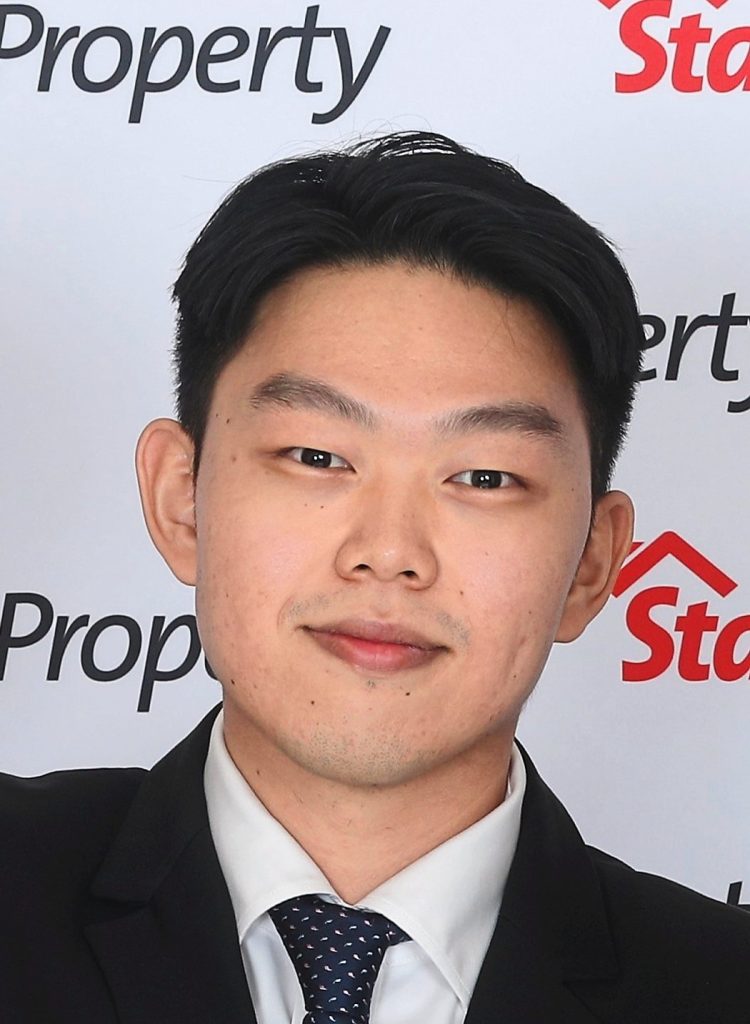
We already started to see some major changes in the property industry with the advancement of technology, said Darren.
“We already started to see some major changes in the property industry with the advancement of technology. To point out, we are seeing more and more developers implementing AI (artificial intelligence) to showcase their products,” said Homecity Group corporate executive Darren Ng.
“From purchasers’ thoughts and perspective, this has pushed the property market to a whole new level. Buyers no
longer need to visit in person to have a face-to-face discussion with developers or agents and are now allowed to visit the finished products prior to completion.
“This eases purchasers into a whole new level of access to the actual product that they are looking at, letting purchasers have the opportunity to give extra thoughts and considerations prior to committing into any unit and making the right decisions,” said Darren.
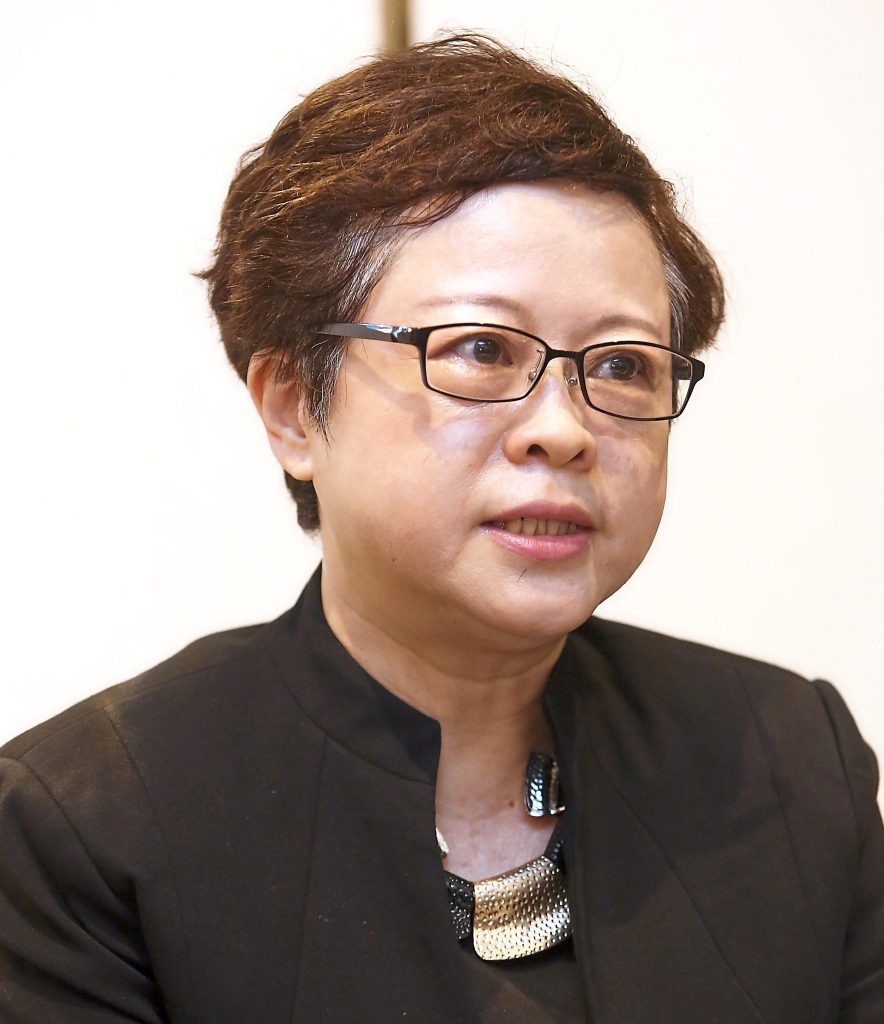
The infusion of technology into property developments is growing in demand given the pandemic, said Ong.
This infusion of technology into property developments is growing in demand given the pandemic, which has changed the way people look at technology within the property setting and the push to use technology has amplified, said I-Bhd marketing director Monica Ong.
“In this new norm, people have come to expect a certain level of technology, but it also has to be achievable. In I-City Golden Triangle, technology has consciously been adopted in pushing the boundaries of its developments and product offerings, which is a critical ingredient in widening the sphere of its influence.
“Disruptions in communication when an Internet connection fails during a virtual business meeting could cost companies millions of ringgit. This is why many companies (residents included) are now looking at properties that provide secure infrastructures that can facilitate the modern concept of work, live and play,” she said.
HCK Capital Group property executive director Dennis Ling said for the group, they had time to reflect on the vulnerabilities over the duration of the lockdown to seek solutions that they, as a property developer, could implement to stay ahead of the times.
“To stay competitive, we’re gearing towards technology and AI that is aligned with the Fourth Industrial Revolution (IR4.0),” he said, echoing the many developers who have embarked on technology as a leverage.

Families in the new normal have new property preferences.
Other changes
“In SkyWorld, we always think ahead as Innovation is one of our strong brand pillars besides Sky Living Experience and Value Creation. Therefore, most of these new trends were already implemented in our handed over projects and new launches,” said SkyWorld Group founder and group managing director Datuk Ng Thien Phing.
The developer introduced innovations like parcel lockers, automated waste collection, EV charging stations, elevator
destination control management system, seamless mobile access and digital locksets into their projects to enable the owners and residents greater ease in the new normal.
“We see more and more people are looking at sustainability as it improves the quality of lives, protects the ecosystem
and preserves resources for our future generation,” said Ng.
In the post-pandemic era, new product development needs to look at property safety and security, network and data stability, circulation of the space and modern amenities, and private and communal spaces, added Seri Pajam Development chief operating officer Thomas Ten.
He said that homebuyers seek well-planned layouts and practical private space, adding that flexible space and home designs were necessary as owners have different specific needs to suit their individual or family needs.
“This would change the demand for more sustainable housing construction. In addition, the need for quality homes that allows for flexible spatial programming seems to have been more demanding as we are stressed out to improve acoustic properties to ensure effective virtual meetings.
“And evidently, the outdoor spaces such as generous balconies and lanai terraces are making a strong comeback,” he said.

The office environment will need to adhere to the SOPs hereon.
Changes in the work environment
While workspaces are still a necessity, demand for physical office square footage is on a steady decline, and there may be a huge demand in the near future to convert empty office spaces into communal and habitable spaces in the city, said Syah.
With the increased investment into technology and work-from-home initiatives, the need for sizable offices may no longer be the order of the day. Instead, the welfare and safety of employees take precedence, so office providers now need to seriously look into this trend.
As of this writing, over 4.5 million people across the world have died from Covid-19. Additionally, another trying factor is that over 100 million people have lost jobs during the pandemic. In Malaysia, the death toll to date was nearing 27,000, while unemployment as of August stood at 768,700 jobless individuals.
While these figures sound foreboding, it is the living that must forge ahead to create for themselves a safer environment to regain their confidence, learning to be stronger in the face of adversity.
“Basic human physiological needs for survival, food, shelter, personal space and evolution would prevail, we will revert to improved normalcy with advanced pharmaceutical technologies,” said Syah.
“No human is designed for isolation. Therefore formal workspaces in offices will still be relevant where people are eager for social interaction, but with reduced spatial usage density and finishing will be transformed with demands for quality, less transmissive materials and automated tools,” he said.
Stay ahead of the crowd and enjoy fresh insights on real estate, property development, and lifestyle trends when you subscribe to our newsletter and follow us on social media.


